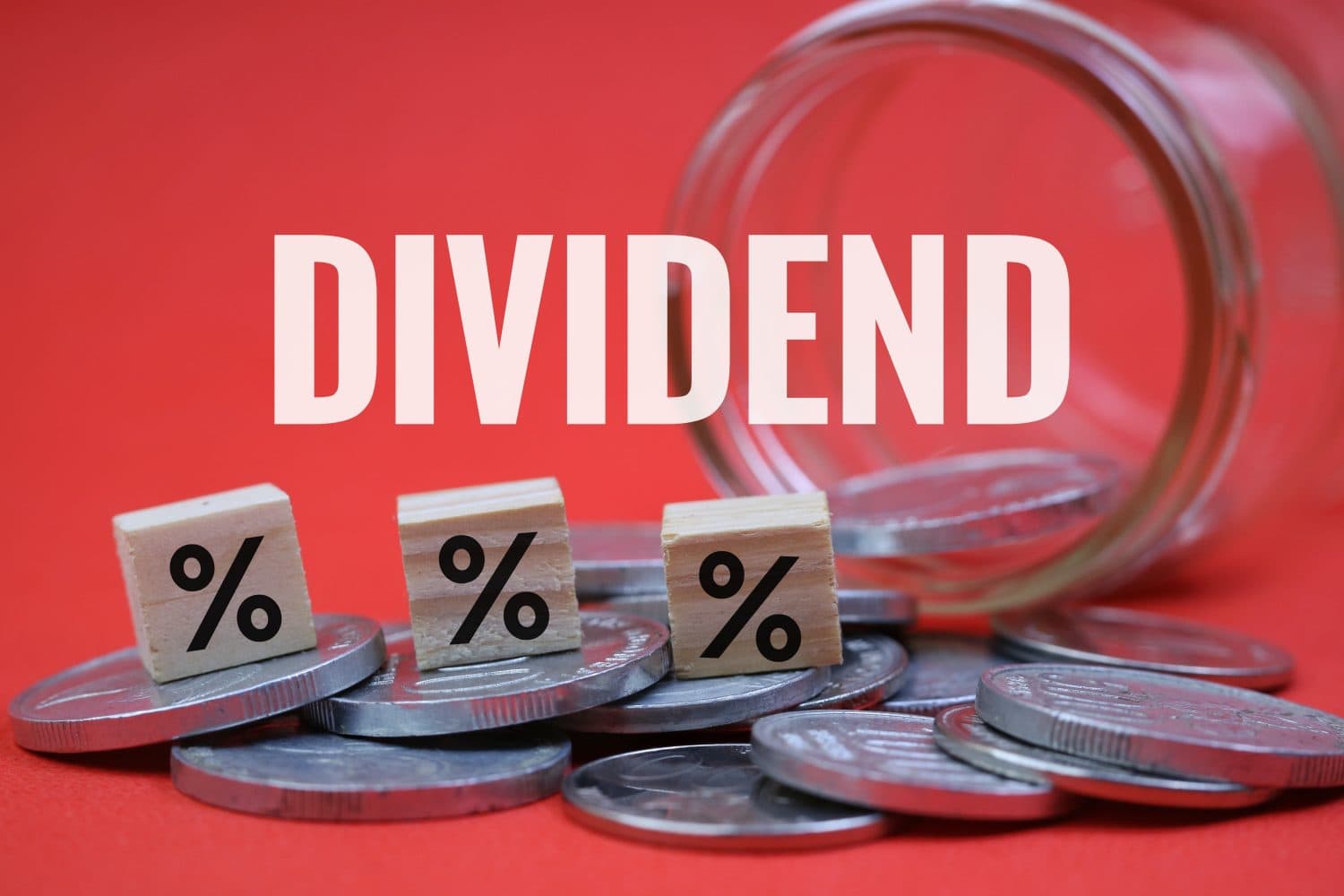#long-term-investing
#long-term-investing
[ follow ]
#dividend-stocks #stock-market #berkshire-hathaway #warren-buffett #investment-strategy #retirement-planning
fromFortune
1 week agoTime in the market is more powerful than timing the market | Fortune
When market volatility shakes our confidence and headlines scream uncertainty, I remind people that the real risk isn't the ups and downs-it's our reaction to them. In 2025, amid escalating global trade tensions, steep tariffs, stubborn inflation and a government shutdown, we've witnessed wave after wave of turbulence. Yet from decades in financial services, I've learned a simple truth: Your biggest risk isn't market volatility - it's how you respond to it. Rather than be reactive and try to time the market, it's important to stay the course.
Retirement
fromBusiness Matters
1 week agoLearning From Investors Who Target Long-Term Structural Opportunities
Several investors have built strategies focused on long-term structural trends, accepting near-term volatility in exchange for exposure to multi-decade opportunities. These individuals identify fundamental shifts in demographics, technology, or economic organization that create persistent tailwinds for specific sectors or geographies. This approach requires conviction to maintain positions through market cycles and patience to allow theses to play out over extended periods. Investors pursuing long-term structural strategies often accept illiquidity, concentrate portfolios more than conventional wisdom suggests, and communicate perspectives that diverge from consensus views.
Business
fromBitcoin Magazine
2 weeks agoBlackRock Eyes Tokenization As Bitcoin ETF Passes $100B
CEO Larry Fink said the global market currently holds more than $4.5 trillion in digital wallets, spanning crypto, stablecoins, and tokenized assets. "A lot of that money is outside the United States," Fink said on CNBC earlier today, emphasizing the opportunity for the firm to reach new investors through digital channels. Fink said tokenization could allow investors who are entering markets through crypto to access more traditional long-term products, such as retirement funds.
Business
fromBusiness Insider
1 month agoA financial educator shares 3 pieces of advice for investors
1. Start simple - you don't need to be a trader "You can make it extremely complicated if you're a trader, but you don't have to be," Ellard-King said. Rather than spending hours glued to screens and options, he recommended mainly investing your money in index funds that track the broader market. "Just let the smartest companies in the world do their thing," he said.
Business
from24/7 Wall St.
1 month agoHow Hard Will Nvidia Stock Get Hit If There is an AI Bubble Burst?
Indeed, valuations are quite high on select AI stocks that have gained high double-digit percentage points so far this year. And the S&P 500 is certainly skewing towards the higher end of the valuation range. But above-average valuation metrics do not necessarily mean that the stock market is about to blow up in devastating fashion, with tech stocks imploding as they did just a quarter of a century ago.
Business
Startup companies
from24/7 Wall St.
4 months ago3 Stocks to 3X in 3 Years
Long-term investing outperforms short-term trading through compounding returns and stable growth.
Quality companies are essential, resonating with Buffett’s strategy of long-term holding.
High-risk stocks can yield significant rewards, but require careful evaluation to mitigate risks.
[ Load more ]











